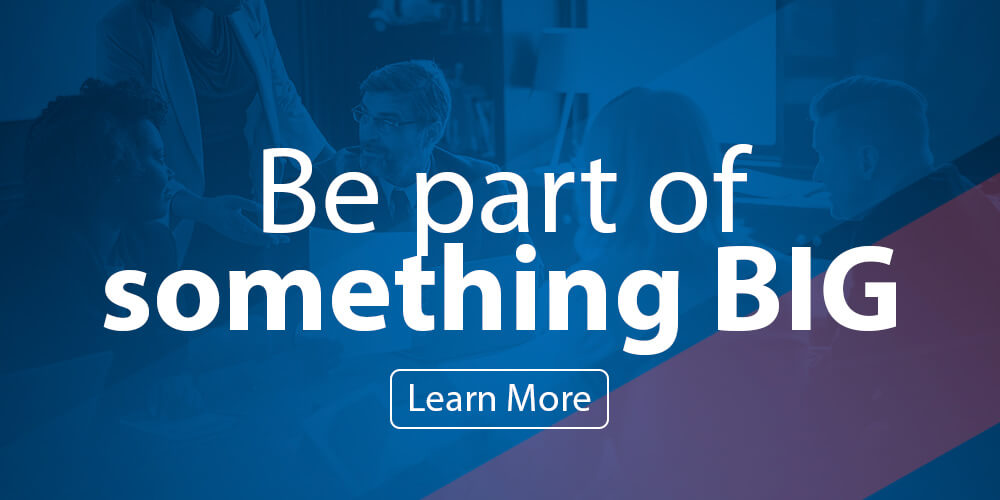Who said there’s no money in not making money? Recently, Salesforce.com augmented its business model by purchasing web conferencing software provider DimDim for $31 million. As a Dim Dim user, I loved the service. For early users, the pitch was free WebEx-like software for up to 20 people for no cost.
Effectively, Dim Dim was a simplified version of WebEx or GoToMeeting. Dim Dim was launched with two rounds of financing totaling $8.4 million. Since Dim Dim was a private company, actual sales can only be estimated. Dim Dim sold augmented packages and fee services. These revenues are estimated at no more than $5 million annually. Some estimates place the annual revenues at as little as $1 million.
In addition, Dim Dim employed approximately 60 people. So how does a company with approximately $6 million ($100,000 per employee estimate) in annual payroll and as little as $1 million in annual revenue sell for a $23 million dollar profit?
I don’t know that it matters. Here’s why: Dim Dim’s business model was not based on generating profits. The business model was based upon customer acquisition and technology development. At some point, a larger company such as Salesforce.com would come along and make Dim Dim a plug-in acquisition to augment their own business model.
The Dim Dim scenario applies to many businesses not in the technology arena. Many times, business owners focus solely on this year’s profits rather than driving the salable value of the business. Unlike many business owners, Dim Dim relentlessly focused on driving saleable value with profitability as a mere afterthought.
Smaller enterprises do not have the luxury to ignore profitability. However, how can they increase attention to increasing the salability of the business and the sales price? Here’s a list of tangible and intangible factors buyers look for:
- Quality of your business model: An argument can be made that Salesforce was buying nothing but a business model for $31 million. Take the Business Model Evaluator if you have not already done so to gauge your business model.
- Quality customer list: If you have secured the highest profit, highest profile customers in the industry, it might be easier for a competitor to purchase the whole company rather than try to wrestle them away.
- Technology: If you are not a software company or in high tech, read on. There are many types of technology. Business process is a type of technology. It’s a proprietary methodology used to produce a result. Just because it is not a computer code, does not mean it is not valuable or technological. For instance, Southwest Airlines uses a boarding methodology to increase the turnaround time for airplane departures.
- Key employees: An experienced and knowledgeable employee makes your life easier and may be quite valuable to a buyer.
The bottom line is that your business should do more than just provide profits. If you ignore Dim Dim’s example in building additional equity, you may be leaving millions of dollars on the table.
<!–0918a41e469d48deafa7573787c09be0–>


